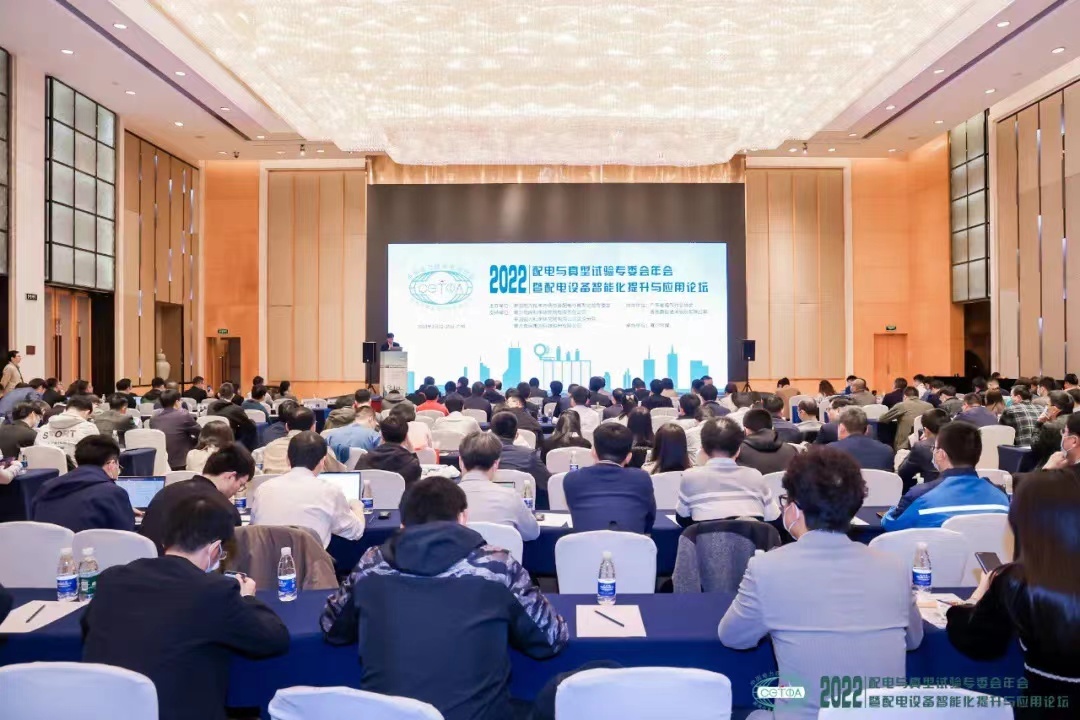18
2024
-
10
Empowering Efficiency: Three Phase Voltage Sensors for Every Application
Author:
Empowering Efficiency: Three Phase Voltage Sensors for Every Application Table of Contents 1. Introduction to Three Phase Voltage Sensors 2. Understanding Three Phase Voltage Measurement 3. Types of Three Phase Voltage Sensors 4. Functions of Three Phase Voltage Sensors 5. Benefits of Using Three Phase Voltage Sensors 6. Applications of Three Phase Voltage Sensors 7. Installation an
Empowering Efficiency: Three Phase Voltage Sensors for Every Application
Table of Contents
- 1. Introduction to Three Phase Voltage Sensors
- 2. Understanding Three Phase Voltage Measurement
- 3. Types of Three Phase Voltage Sensors
- 4. Functions of Three Phase Voltage Sensors
- 5. Benefits of Using Three Phase Voltage Sensors
- 6. Applications of Three Phase Voltage Sensors
- 7. Installation and Maintenance Tips
- 8. The Future of Three Phase Voltage Sensors
- 9. Frequently Asked Questions
- 10. Conclusion
1. Introduction to Three Phase Voltage Sensors
Three phase voltage sensors are essential tools utilized in various industrial and commercial applications. These sensors measure the voltage in three-phase electrical systems, which are the backbone of modern electrical energy distribution. Without accurate voltage measurements, systems can face inefficiencies, increased costs, and even catastrophic failures. Understanding how these sensors work and their benefits can significantly enhance the operational efficiency of any electrical setup.
2. Understanding Three Phase Voltage Measurement
To grasp the significance of three-phase voltage sensors, it is crucial to understand what three-phase power entails. In a three-phase system, there are three alternating currents, each phase is separated by 120 degrees, allowing for a continuous flow of energy. This arrangement is more efficient than single-phase systems, leading to smoother operation and reduced losses.
2.1 The Basics of Voltage Measurement
Voltage measurement in three-phase systems is vital for a multitude of reasons, including:
- **Monitoring energy consumption**
- **Preventing system overloads**
- **Ensuring safety and compliance with regulations**
2.2 Key Parameters in Voltage Measurement
Key parameters to consider when measuring voltage include amplitude, frequency, and phase angle. Each of these elements plays a crucial role in determining the system’s performance and reliability.
3. Types of Three Phase Voltage Sensors
Three phase voltage sensors come in various types, each designed to cater to specific industrial needs. Understanding these types can help in selecting the appropriate sensor for your application.
3.1 Analog Voltage Sensors
Analog sensors provide real-time continuous voltage readings. They are straightforward and widely used in applications where precise voltage tracking is essential.
3.2 Digital Voltage Sensors
Digital sensors convert voltage readings into digital signals, which can be easily processed by computers or control systems. They offer higher accuracy and are suitable for complex monitoring systems.
3.3 Smart Sensors
Smart voltage sensors integrate advanced technologies such as IoT capabilities for remote monitoring and data analysis. These sensors are ideal for modern systems requiring high levels of automation and control.
4. Functions of Three Phase Voltage Sensors
The primary function of three-phase voltage sensors is to measure and monitor voltage levels. However, they also perform several other critical functions:
4.1 Voltage Monitoring
Continuous voltage monitoring allows for the detection of anomalies that could indicate potential issues within the electrical system.
4.2 Protection Mechanisms
These sensors can trigger alarms or shutdown procedures in the event of voltage fluctuations or overloads, thereby protecting equipment and personnel from damage.
4.3 Data Logging
Many modern sensors come equipped with data logging capabilities, allowing operators to track voltage trends over time for better decision-making.
5. Benefits of Using Three Phase Voltage Sensors
Utilizing three-phase voltage sensors in your applications can lead to numerous advantages.
5.1 Enhanced Operational Efficiency
With precise voltage measurements, organizations can optimize their energy use, leading to lower operating costs.
5.2 Improved Safety
By monitoring voltages continuously, potential issues can be detected and addressed before they escalate into hazardous situations.
5.3 Compliance with Regulations
Many industries are subject to regulations regarding electrical safety and efficiency. Using voltage sensors helps ensure compliance with these standards.
6. Applications of Three Phase Voltage Sensors
Three phase voltage sensors are versatile tools used across various sectors. Here are some common applications:
6.1 Industrial Manufacturing
In manufacturing plants, these sensors are crucial for monitoring the electrical systems that power machinery, ensuring optimal performance and preventing downtime.
6.2 Renewable Energy Systems
With the rise of renewable energy sources, such as wind and solar, three-phase voltage sensors play a vital role in monitoring the integration of these energy sources into the grid.
6.3 HVAC Systems
In heating, ventilation, and air conditioning (HVAC) systems, voltage sensors ensure that motors and compressors operate within safe voltage limits.
6.4 Data Centers
Data centers rely heavily on voltage sensors to maintain the integrity of their power supplies, ensuring that servers operate without interruptions.
7. Installation and Maintenance Tips
Proper installation and maintenance of three-phase voltage sensors are critical for their effectiveness and longevity.
7.1 Installation Guidelines
When installing voltage sensors, consider the following:
- **Select a suitable location** that minimizes exposure to environmental hazards.
- **Follow manufacturer specifications** to ensure accurate readings.
7.2 Regular Maintenance Practices
Routine checks and maintenance can prolong the life of these sensors. Regular calibration and cleaning are necessary to maintain accuracy.
8. The Future of Three Phase Voltage Sensors
As technology advances, the future of three-phase voltage sensors looks promising. Innovations such as enhanced IoT integration, AI capabilities for predictive analytics, and improved materials for durability are on the horizon. These advancements will likely lead to even more efficient systems and enhanced operational capabilities.
9. Frequently Asked Questions
9.1 What is the primary purpose of three-phase voltage sensors?
Three-phase voltage sensors primarily measure and monitor voltage levels in three-phase electrical systems to ensure operational efficiency and safety.
9.2 How do I choose the right voltage sensor for my application?
Selecting the right sensor involves considering factors such as the type of electrical system, required precision, and any specific application needs.
9.3 Can three-phase voltage sensors integrate with existing systems?
Yes, many modern three-phase voltage sensors are designed to easily integrate with existing electrical and monitoring systems.
9.4 What are the common issues faced with voltage sensors?
Common issues include inaccurate readings due to miscalibration, environmental interference, and wear over time.
9.5 How often should voltage sensors be calibrated?
It is recommended to calibrate voltage sensors at least once a year or as specified by the manufacturer to maintain accuracy.
10. Conclusion
Three-phase voltage sensors are indispensable components in modern electrical systems, offering numerous benefits such as enhanced operational efficiency, improved safety, and compliance with regulations. Understanding their functions, types, and applications empowers businesses to make informed decisions, ultimately leading to better performance and reduced costs. As technology continues to evolve, we can expect these sensors to become even more integral to the efficiency of electrical systems across diverse industries. Investing in high-quality three-phase voltage sensors is a step towards a more efficient and reliable future.
three phase voltage sensor
undefined













